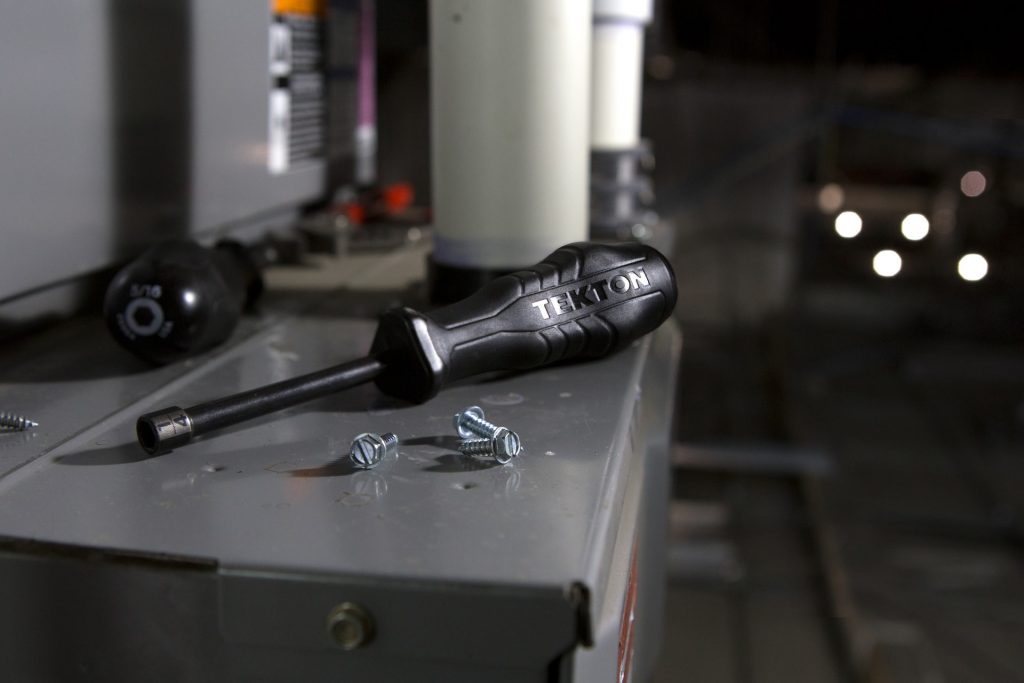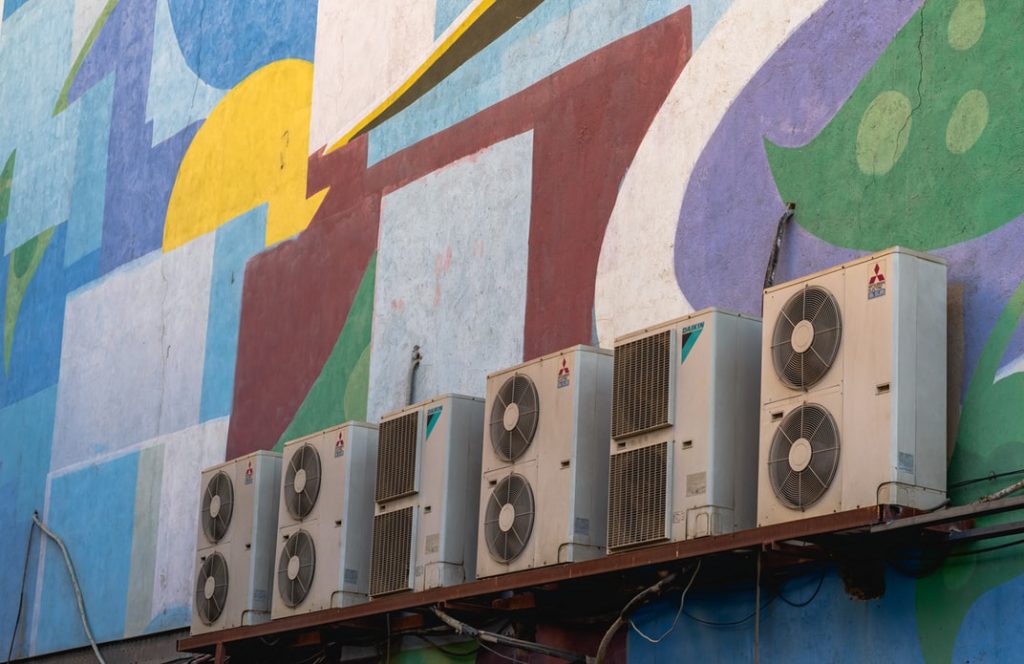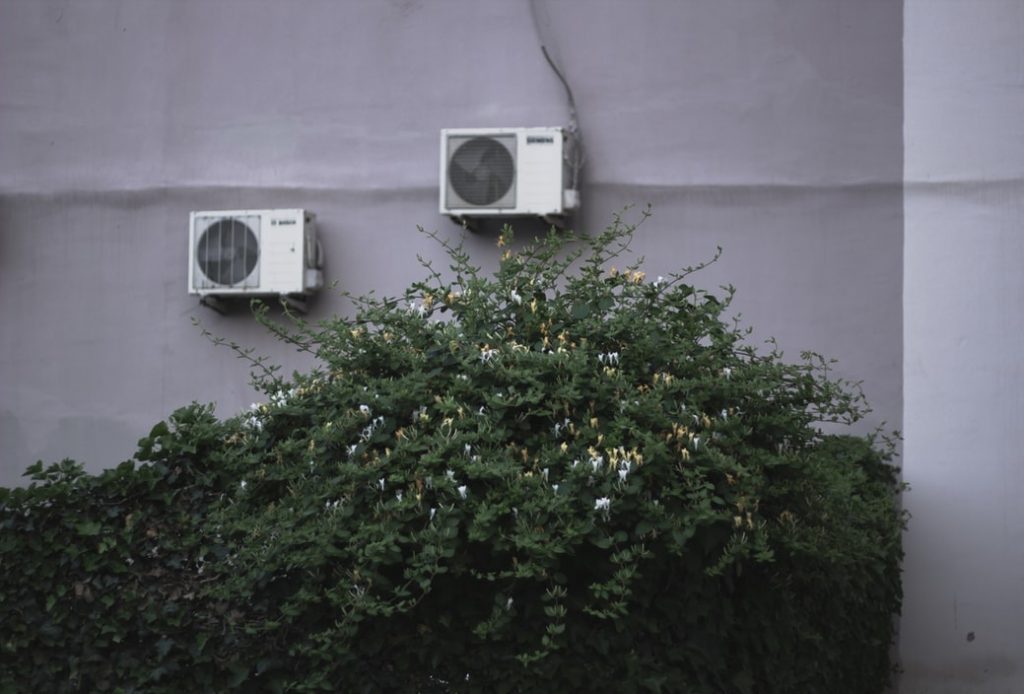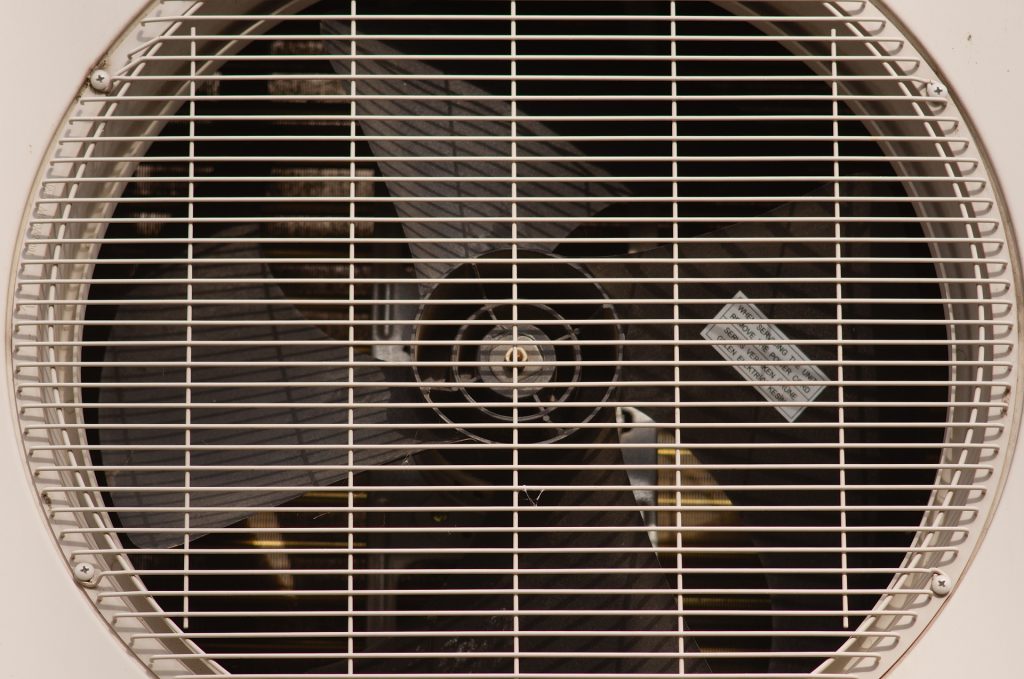Water Leaking from Furnace
Your furnace is most likely the main component of your heating system. We rely on our furnaces to keep us warm and regulate the overall temperature of our homes. We expect our furnace to work seamlessly within our home, as we almost never want to deal with our home not being the perfect temperature.
On the same page, leaking water is one of the most common nightmares for homeowners. Leaking or running water can cause huge problems with almost every aspect of your home.
When these two situations combine, you’re sure to have a rough time. Luckily for you, we’ve compiled some basic information for you about your furnace leaking water. We’ll walk you through the basic types of furnaces, and why they have different problems. Then, we’ll talk about the most common types of water leaks for furnaces. Once you have a grasp on all that information, we will walk you through what your next steps should be.
Furnace Basics
For the purposes of this discussion, we’re going to talk about 3 types of furnaces, with 2 important subcategories. We want you to get a better understanding of what the basic types of furnaces are so that you’re more informed about what the potential causes for a water leak could be.
Firstly, we’d like to explain the difference between single-stage, two-stage, and modulating furnaces.
Single-stage furnaces are very common. They make up the most cost-efficient type of furnace. In practice, you set this type of furnace to a temperature you’d like your home to be at. If the ambient temperature is below the desired temperature, your furnace will switch on and go full-blast until it reaches the temperature. There’s no fine-tuning involved.
Two-stage furnaces have the obvious advantage of having two operational settings. They usually have a ‘high’ and a ‘medium’ setting. This allows a little more control, in terms of reaching and maintaining the desired temperature setting.
Modulating furnaces are even more specific in the way they operate. Their flame settings modulate based on how close your temperature is to your desired temperature. This means they can run less aggressively, and do a better job of maintaining the temperature you’re looking for.
The two sub-types of furnace you should be familiar with are high-efficiency and conventional. Conventional furnaces vent out the exhaust from the heating process out of your home after the heating process has finished. High-efficiency furnaces use a heat exchanger to continue heating the air using that exhaust gas before venting. They are most complex and can have different problems than conventional furnaces, but they are much more efficient.
Reasons for a Leak
When looking at the reasons for a furnace to be leaking, we have to start by looking at condensate. Condensate is essentially water that is created as a by-product of the heating process that your furnace undergoes to heat the air in your home.
High-efficiency furnaces have a couple of areas where a possible issue could arise. The condensate that they create is normally pumped out of your house, through a condensate line. These lines do nothing but pump condensate. If you’re seeing water around your furnace, this is the first place you should look. If the line is broken, clogged or otherwise inoperable, then the condensate has to go somewhere else. This would cause it to leak out. Another potential problem in the same area would be your condensate pump. This device is what pumps the condensate away from your furnace, through the condensate lines. If it’s not working, then the condensate will gather and pool somewhere undesirable.
Next, we’ll outline the one possible problem a conventional furnace could be having: the vent. Similar to how a high-efficiency furnace vents the water away, conventional furnaces do the same with gasses. If the vent isn’t the right size, or if it’s blocked somehow, the gasses will spend too long in the vent, where they cool and create condensation. Over time, this condensation will leak out, and potentially create puddles of water.
If you have a humidifier on your furnace, you could be having a problem there. Essentially, your humidifier adds water vapour to the heated air to make it less dry. Most humidifiers operate mainly in the winter months. Similar to our earlier potential problems, if your humidifier isn’t moving the water it uses effectively, eventually it’ll build up, spill out, and cause leaks or puddles.
What You Should Do
Now that you understand the differences between types of furnace and some of the most common issues with them, we can start to make a plan of action on how to address our furnace problems.
The first and perhaps most important thing to bear in mind is that furnace problems are unlikely to go away on their own. This is especially true for issues where your furnace is leaking water. Leaking water can cause all kinds of problems by itself, so you want to address the issue as soon as possible.
Shut the Furnace Off
You want to make sure that your system is off, to help with the diagnosis and cleanup of the issue. Most furnaces have an on/off switch on the main control panel. This is usually located on the front or side of your furnace. It might be that you have to shut off the associated electrical breaker for your furnace.
Clean Up!
Next, we recommend you clean up the water around your furnace. You do not want to leave standing water in any area of your home, especially the basement. While you’re cleaning up, you should keep your eyes peeled for where the source of the water is. You should be able to find where most of the water is coming from. This is especially helpful to do now, as finding and fixing the source of the leak is the only way to prevent water damage in your home.
Check your Filter!
While your furnace is off, and after you’ve cleaned up the unwelcome water, take the time to check the furnace filter. It’s easy to forget to change the furnace filter, so take this time to make sure it’s still in good shape. Your furnace owner’s manual will give you some guidance on how often your furnace filter should be replaced. A bad furnace filter can contribute to some of the issues we’ve laid out above, so make sure you’re not making the problem worse by skipping this step.
Calling the Experts
Generally, you’ll want to make calling an expert your next step. Furnaces are complex devices that should be serviced by professionals. They will be able to diagnose and fix the problem quickly and safely. Your furnace isn’t a component that you want to stay broken over a long period of time. Nor do you want it to break again after attempting a sub-par fix. That’s why we recommend hiring a professional to fix the problem. Also, an HVAC professional can tell you how likely it is that your problem will return, and how to make sure it doesn’t. If you’re looking for quality furnace repair in the Phoenix area, check out American Home and Water’s furnace information page. Also, check out our Trane furnace troubleshooting guide if your furnace is made by this company.
Frequently Asked Questions
Why is my furnace leaking water when the heat is on?
This is probably due to condensation, although a thorough cleaning and inspection should reveal the ultimate culprit. Don’t put off finding the problem, as it’s unlikely to go away on it’s own.
Is water leaking from furnace dangerous?
It can be. You should never treat leaking water as anything but a serious issue that requires your immediate attention.
How do I fix a leaking furnace?
Start by shutting off the furnace, and cleaning the mess. Follow up by contacting an HVAC professional to diagnose and fix the problem.
[related_posts_by_tax posts_per_page="3" format="thumbnails" image_size="medium"]









